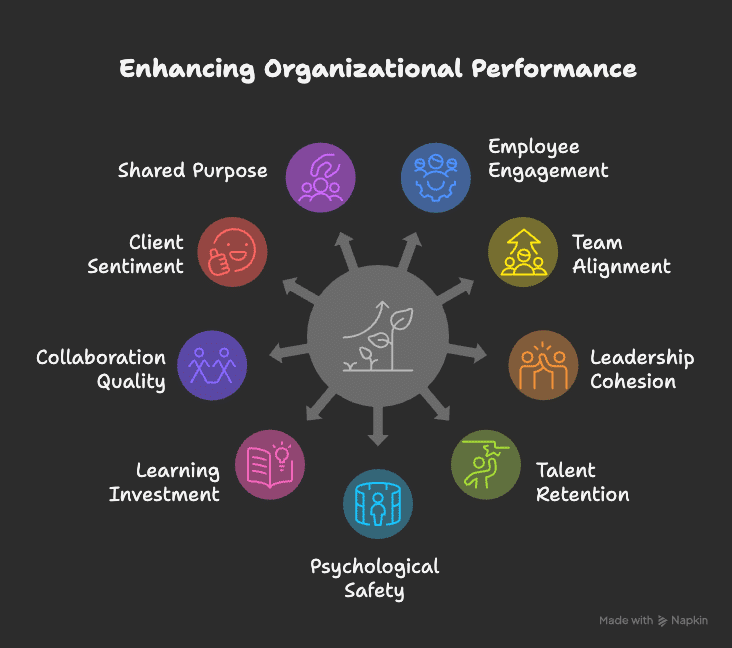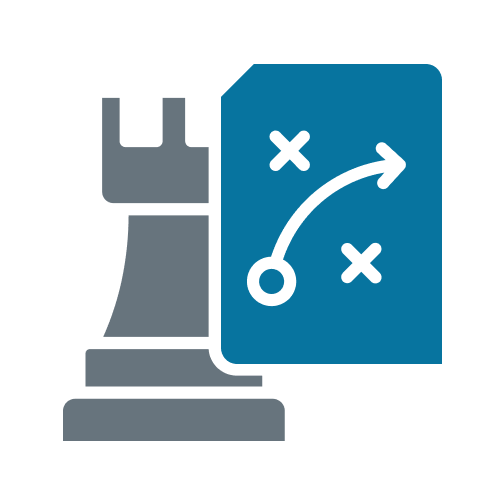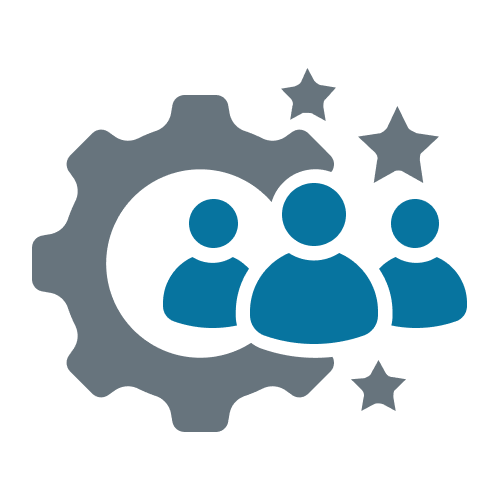Non financial performance indicators are the metrics great CEOs track before the numbers move. While most companies obsess over profit margins, top-performing organizations focus on the signals beneath the surface—culture, leadership alignment, and team health. These are the drivers of sustainable success.
Think of it like a dashboard: if you’re only watching the speedometer (revenue), you might miss the check engine light (leadership misalignment) or the fuel gauge (burnout). Financial metrics are the result. Non financial indicators are the cause.
If you want to elevate performance without waiting for the financial fallout, it starts here. See how the top executive coaches approach it.
Looking to track what truly matters? Executive coaching helps leadership teams turn insight into action by identifying and operationalizing the right non financial performance indicators. Read more on how executive coaching transforms.
Overview of the Topics
In this blog, we’ll walk through 9 powerful non financial performance indicators that directly impact your team’s ability to perform, adapt, and grow. Specifically, you’ll learn how to:
- Measure employee engagement levels with intent, not guesswork
- Align team behavior with stated company values
- Build cohesion at the leadership level to avoid strategic drift
- Retain high performers before they quietly exit
- Create a culture of psychological safety and real dialogue
- Invest meaningfully in learning and development
- Track collaboration quality across functions and teams
- Use client sentiment as a mirror for internal health
- Drive performance through shared purpose and clarity

1. Employee Engagement Levels
Employee engagement is not about satisfaction—it’s about energy, effort, and ownership. Highly engaged employees show up differently. They take initiative. They care about the outcome. They go beyond the job description because they see themselves as part of something meaningful.
Tracking engagement is a non financial performance indicator that requires more than an annual survey. You need frequent pulse checks, real conversations, and leadership that listens and acts. Engagement isn’t static—it rises and falls based on culture, communication, and clarity.
What to watch: Trends in engagement over time, not just one-off scores. Are your people more or less energized this quarter compared to the last?
2. Team Alignment with Company Values
Your stated values are only as real as the behaviors that back them up. Are your teams making decisions, handling conflict, and recognizing contributions in ways that align with your values? Or is there a disconnect between what’s said and what’s done?
This non financial performance indicator shows you how well culture is actually being lived, not just stated. When teams are aligned with values, decision-making is faster, trust is higher, and culture becomes a competitive advantage.
How to track it: Regular values-based self-assessments, leadership audits, and facilitated discussions on real-world value application.
3. Leadership Cohesion
The most powerful organizations have unified leadership. If the executive team is divided—on priorities, communication style, or direction—that misalignment spreads like wildfire. You’ll see it in team conflict, confusion, and competing agendas. McKinsey’s insights into CEO performance dilemmas reveal how vulnerability, structure, and peer support are essential for maintaining cohesion.
Leadership cohesion is about clarity, candor, and collective buy-in. Tracking this non financial performance indicator reveals whether your top team is actually aligned or just appearing to be. And remember: what leaders tolerate becomes culture.
What to look for: Miscommunication, decision delays, “meeting after the meeting,” or finger-pointing among leaders.
4. Retention of High Performers
High performers are your cultural carriers. When they start leaving—quietly, or all at once—it signals something deeper. Maybe they’re burned out. Maybe they feel underappreciated. Maybe they don’t see a future.
Retention isn’t just about perks or pay—it’s about purpose, growth, and leadership trust. Tracking this non financial performance indicator helps you see if you’re creating an environment where top talent wants to stay.
Track this by: Conducting stay interviews, exit interviews, and performance-tiered retention metrics (don’t just lump all exits together).
5. Psychological Safety
Do people feel safe to speak up? To challenge assumptions? To say “I don’t know”? If not, you’re operating below your potential. Without psychological safety, innovation stalls, mistakes go unreported, and feedback never surfaces.
Google’s Project Aristotle found psychological safety to be the single most important factor in high-performing teams. This isn’t a “soft” concept—it’s a high-leverage one. Learn more about the characteristics of a strong team and how safety influences performance.
Measure it: Ask employees if they feel safe sharing ideas or making mistakes. Watch participation patterns in meetings. Do people speak up—or defer?
6. Learning and Development Participation
When people grow, the organization grows. A lack of learning activity usually signals stagnation—either due to burnout, disengagement, or unclear priorities. High L&D participation, on the other hand, reflects a culture of curiosity, adaptability, and forward motion.
This indicator isn’t just about how many training sessions people attend—it’s about what they’re learning and how it’s being applied. Coaching, workshops, mentoring—all of it counts. According to HBR’s leadership development program, aligning these initiatives with real business challenges is key.
What to track: Participation rates, training-to-application conversion, and L&D feedback quality.
7. Internal Collaboration Quality
Cross-functional collaboration is the lifeblood of innovation. If departments aren’t talking—or worse, if they’re actively avoiding one another—your ability to execute complex strategies is compromised.
This non financial performance indicator looks at how information flows across the business. It reveals how siloed or integrated your teams are, and where the bottlenecks live.
Tools to use: Cross-team project reviews, collaboration audits, and anonymous feedback on interdepartmental dynamics. For deeper development, check out these leadership coaching for managers practices.
8. Client Sentiment and Feedback
Want to know how aligned and effective your internal teams are? Ask your clients. Their feedback often reflects internal realities. If they’re confused, slow to receive responses, or frustrated with delivery timelines, chances are your internal processes are broken.
Client sentiment is a non financial proxy for performance. When your team is humming internally, clients feel it. When things are fractured, clients notice first.
What to monitor: NPS scores, client satisfaction trends, renewal conversations, and sentiment in qualitative feedback.
9. Mission and Purpose Clarity
When people understand why the company exists—and how their role connects to that mission—they bring a different level of energy. Purpose fuels performance, especially during hard seasons.
This is one of the most powerful non financial performance indicators, yet one of the most neglected. Purpose isn’t a brand statement—it’s an operating system. And when it’s missing, people start operating on autopilot. Gallup’s strengths-based leadership framework highlights purpose as a core element of high-performing leaders.
To measure: Ask your people how connected they feel to the company’s mission. Review how often purpose shows up in internal meetings and decision-making.
Real-World Example: How EY Uses Non Financial Indicators to Drive Culture
Global consultancy EY (Ernst & Young) has become a case study in using non financial performance indicators to fuel internal alignment and external success. Through consistent measurement of engagement, values alignment, and leadership trust, EY operationalizes culture as a strategic asset—not just a feel-good concept.
Their “Belonging Barometer” and culture dashboard allow leaders across regions to spot disconnection before it affects performance. This proactive culture tracking has helped EY retain top talent, deliver consistent client experiences, and maintain a global leadership position.
Read the full case here:
How culture measurement is driving business performance
FAQ: Non Financial Performance Indicators
What are non financial performance indicators?
They are metrics that reflect the internal health, alignment, and performance capacity of your team—beyond just revenue or cost. Think engagement, retention, safety, and collaboration.
Why are they so important for business leaders?
Because they’re the early signals. Financials show you what already happened. Non financial indicators show you what’s about to happen—good or bad.
How can I measure them consistently?
Use a blend of pulse surveys, feedback sessions, L&D reports, and client reviews. The key is to measure over time—not just once—and act on what you find.
What’s the difference between engagement and satisfaction?
Engagement reflects energy and involvement. Satisfaction is passive. A satisfied employee might not be looking to leave, but an engaged one actively contributes to growth.
Can these non financial performance indicators really improve financial results?
Absolutely. Culture, clarity, and collaboration drive performance. Misalignment, fear, and disconnection cost you—even if it’s not immediately visible.
9 Powerful Non Financial Performance Indicators: Conclusion
If you want to lead with intention, start tracking what most companies ignore. These 9 non financial performance indicators give you a real-time pulse on what’s driving—or draining—your organization’s potential.
Ready to identify the indicators that will strengthen your team? Book a free 30-minute call with an expert coach to explore how non financial performance indicators can support your goals










